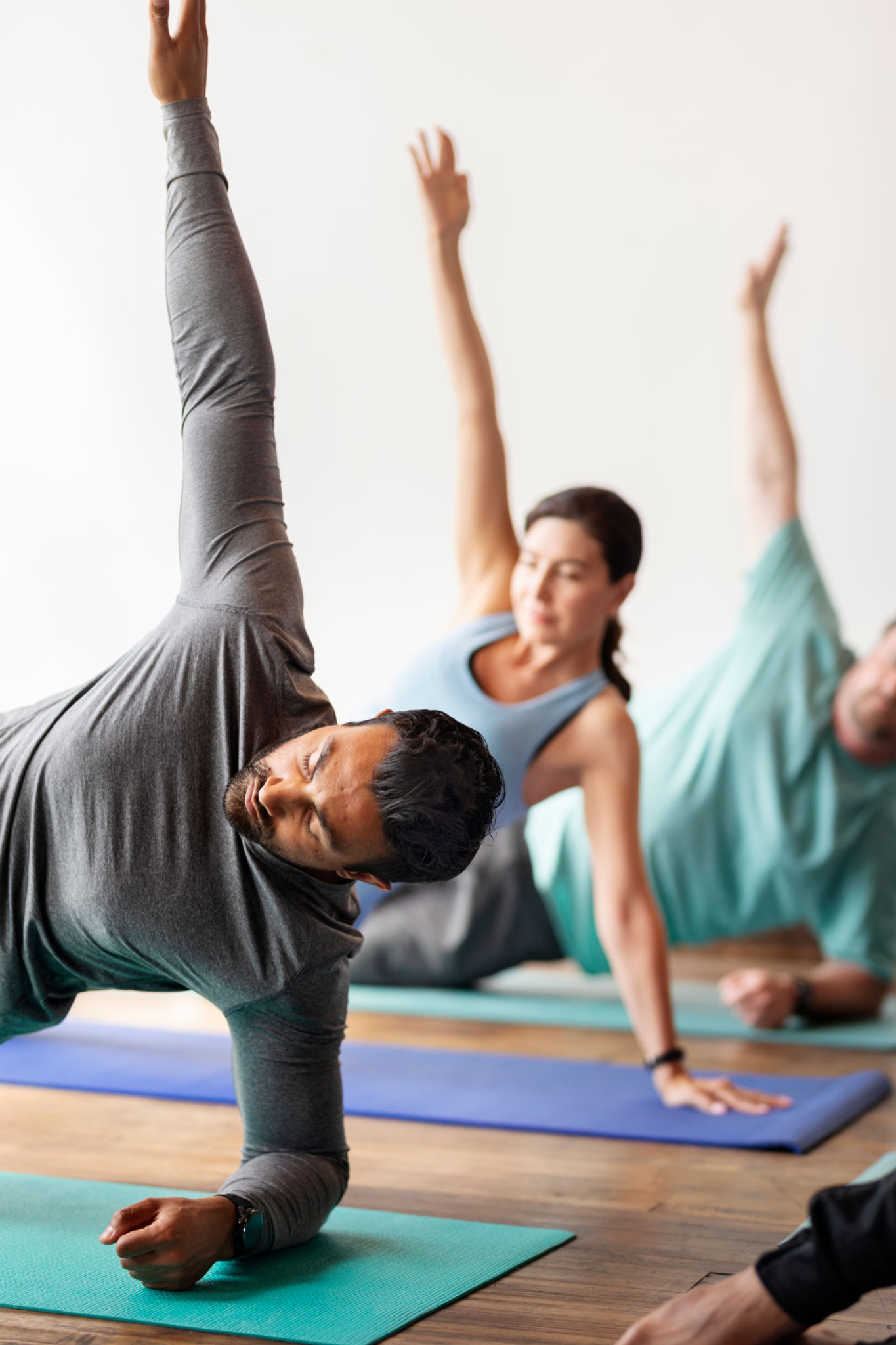How to Maintain a Pain-Free Lifestyle with Fitness Over 40
Understanding the Importance of Fitness Over 40
As we age, maintaining physical fitness becomes increasingly important for living a pain-free lifestyle. After the age of 40, our bodies naturally undergo changes such as decreased muscle mass and bone density, which can lead to discomfort and increased risk of injury. Engaging in regular exercise can help mitigate these changes, promoting strength, flexibility, and overall well-being.
Staying active not only boosts physical health but also enhances mental clarity and emotional stability. Exercise releases endorphins, often referred to as "feel-good" hormones, which can help reduce stress and improve mood.

Developing a Balanced Exercise Routine
Creating a balanced exercise routine is essential for maintaining a pain-free lifestyle. A comprehensive fitness plan should include a mix of cardiovascular activities, strength training, and flexibility exercises. This variety ensures that all aspects of fitness are addressed, from heart health to muscle strength and joint flexibility.
Cardiovascular Health
Cardio exercises such as walking, cycling, or swimming are excellent for improving heart health and increasing stamina. Aim for at least 150 minutes of moderate-intensity cardio each week. Not only will this help manage weight, but it also reduces the risk of chronic diseases like heart disease and diabetes.

Strength Training
Strength training is crucial for maintaining muscle mass and bone density. Incorporate exercises like weightlifting, resistance band workouts, or bodyweight exercises like push-ups and squats. Aim to work all major muscle groups at least twice a week. Consistent strength training can also help prevent falls by improving balance and coordination.
Flexibility and Mobility
Flexibility exercises such as yoga or Pilates can enhance joint range of motion and reduce the risk of injury. These activities also promote relaxation and stress relief, contributing to a pain-free lifestyle. Consider dedicating time each day to stretching or participating in a yoga class a few times a week.

Listening to Your Body
While staying active is important, it's equally vital to listen to your body and recognize its limits. Overexertion can lead to injuries, so it's important to balance activity with rest. Pay attention to any pain or discomfort during exercise; this is your body's way of signaling for a break.
If you experience persistent pain, consulting with a healthcare professional or physical therapist can provide guidance on the appropriate exercise modifications needed to continue your fitness journey safely.
The Role of Nutrition
Nutrition plays a pivotal role in supporting an active lifestyle over 40. A balanced diet rich in whole foods provides the necessary nutrients to fuel workouts and aid recovery. Prioritize protein intake to support muscle repair and maintenance, and ensure adequate calcium and vitamin D for bone health.

Conclusion: Embracing an Active Lifestyle
Maintaining a pain-free lifestyle with fitness over 40 is about embracing a holistic approach that combines exercise, nutrition, and self-awareness. By staying active, listening to your body, and nourishing it with the right foods, you can enjoy an invigorated life filled with vitality and well-being.
Remember that consistency is key. Start at your own pace and gradually increase the intensity as you become more comfortable. With dedication and the right strategies in place, you can continue to lead an active, fulfilling life well into your golden years.
